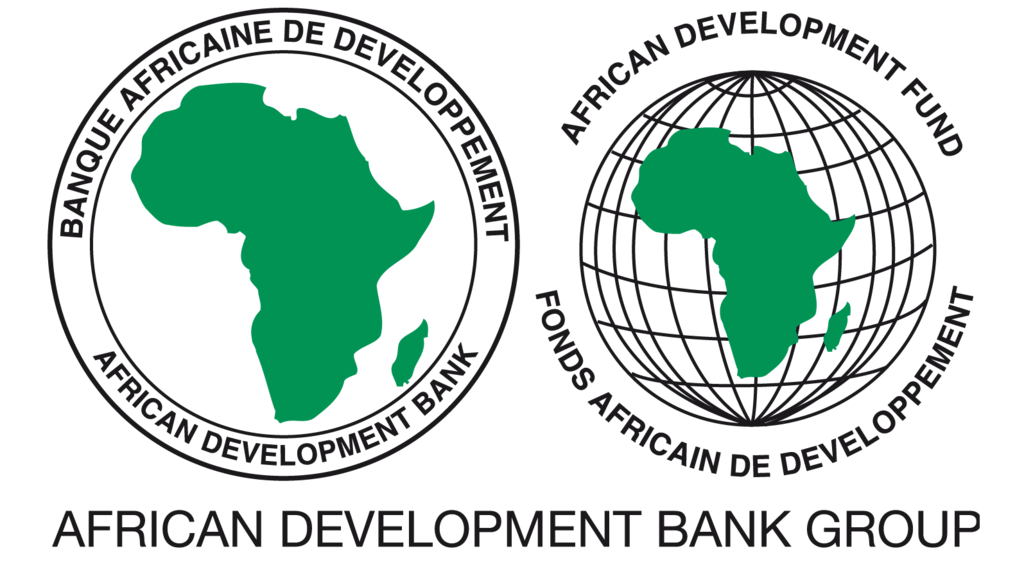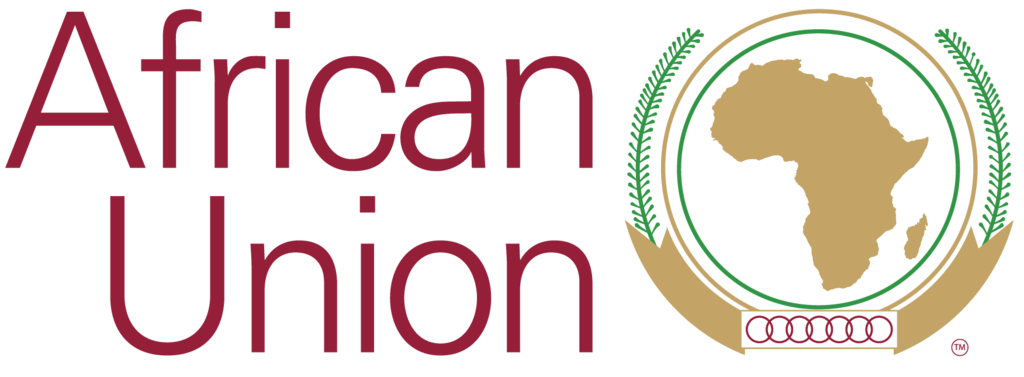At a glance
Rwanda access to modern to electricity is rapidly growing, passing from 10% in 2010 to 29% in 2016, thanks to targeted government intervention. Access to modern cooking solutions instead is still very limited to around 1-2% of the population.
Rwanda opted in the SEforALL initiative, and developed a Gap Analysis and an Action Agenda with the support of AfDB, SEforALL Africa Hub. Rwanda set a target of having 100% electricity access by 2030, with 50% of the population having access to the highest tiers (3-5) and the deployment of both on-grid and mini-grid access. For what concern clean cooking, the target is to close the gap between production and consumption of biomass (currently 20%) and to achieve universal access to improved cookestoves, the majority of whom in tiers 3 and 4. The renewable energy targets include generating at least 60% of electricity from renewable energy sources. Energy efficiency objectives are to double the efficiency in the use of biomass, and to extend the current rate of improvement of energy efficiency in the electricity sector by 2030.
Rwanda has established a SEforALL focal point that is coordinating the implementation of SEforALL Actions in the Country.
Location

Country contacts
Robert Nyamvumba
Ministry of Infrastructure
News from Rwanda
| SEforALL Action Agenda Objectives | 2030 |
|---|---|
| Electricity Access, national | 100% |
| Access to non-solid fuels, national | 100% |
| Renewable Energy Capacity | n.a. |
| Renewable Energy Output | 60% |
| Energy Efficiency | n.a. |
| Country Action Documents | Status |
|---|---|
| Rapid Assessment | Finalized |
| Action Agenda | Finalized |
| Investment Prospectus | Under development |
Documents
- Rwanda: Rapid Assessment Gap Analysis (1.25 MB)
- Rwanda: Action Agenda (2.07 MB)
Country statistics
| Series | 2010 | 2012 | 2014 | 2016 |
|---|---|---|---|---|
| Access to electricity (% of population) | 9.7% | 16.1% | 19.8% | 29.4% |
| Urban (% of urban population) | 44.5% | 58.5% | 71.8% | 80% |
| Rural (% of rural population) | 4% | 1.3% | 9.1% | 17.8% |
| Access to clean fuels and technologies for cooking (% of population) | 0.5% | 0.5% | 0.5% | 0.6% |
| Population, total | 10.3 Million | 10.8 Million | 11.3 Million | 11.9 Million |
| Renewable energy consumption (% of total final energy consumption) | 90.7% | 89.0% | 88.4% | - |
| Renewable electricity output (% of total electricity output) | 40% | 46.3% | 44.1% | - |
| Electric power consumption (kWh per capita) | - | - | - | - |





